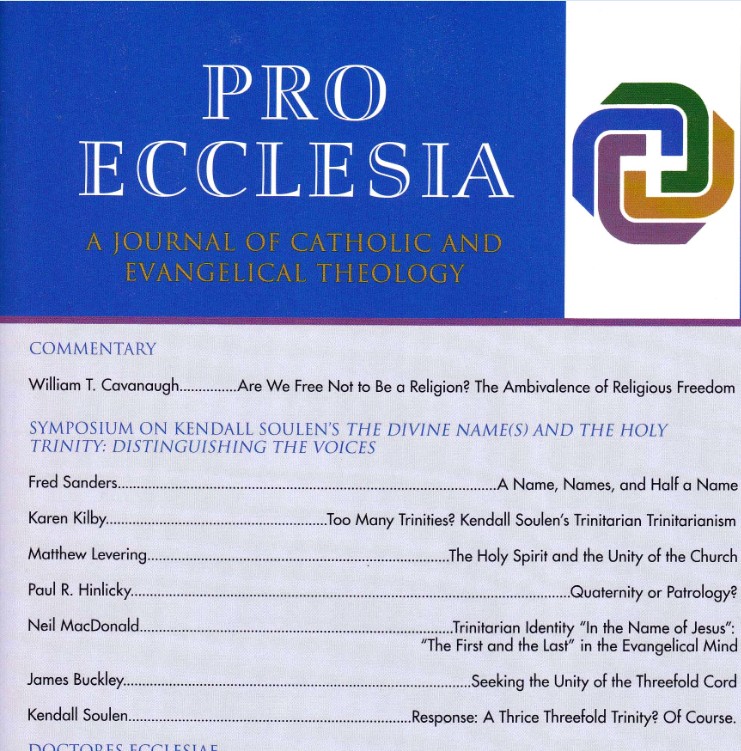First you’re justified, then you become sanctified, and finally you’ll be glorified. To make progress as a disciple is to grow in sanctification. Right? Yes, this is how we talk. And when we talk this way, we know what we’re talking about. The word “sanctification” points to a process of development, a growing “in the grace and knowledge of our Lord Jesus Christ” (2 Pet 3:18).
But when we take that kind of language and turn to the Bible, we find something odd. The word “sanctification” doesn’t mean that in very many places in the Bible. The word “sanctification” is often used in the New Testament to refer to a definitive divine action that takes place all at once, rather than to a gradual process. David Peterson, who has written the best recent book on this subject, summarizes the New Testament’s teaching this way:
Several texts point to the fact that God sanctifies his people once and for all, through the work of Christ on the cross. Other texts link sanctification with conversion or baptism into Christ, highlighting the work of the Holy Spirit through the gospel, consecrating believers to God as his holy people under the New Covenant. (David Peterson, Possessed by God: A New Testament Theology of Sanctification and Holiness(Grand Rapids: Eerdmans, 1995), p. 13.)
In other words, God sanctifies definitively when he designates somebody as holy by setting them apart.
The main way the Bible tends to talk about sanctification is in this way, as God’s definitive action whereby he declares a person to be holy before him, and places that person in a position of holiness (hence “positional sanctification”). I think it is especially clear in the Old Testament, where objects and places are sanctified for God’s use. The New Testament picks up the same usage. For example, Paul says that Christ gave himself for the church “that he might sanctify and cleanse it” (Eph. 5:26). The Corinthian Christians are told “you have been washed, you have been sanctified” (1 Cor. 6:11). Hebrews affirms that Jesus suffered “that he might sanctify the people with his own blood” (Heb. 13:12). In these and many other cases, the Bible is using the word “sanctify” to point to a definitive past act.
Of course the New Testament goes on to talk about a process of growth and gradual transformation over the course of the Christian life. There is such a thing as growth in the Christian life, and the authors of the New Testament found words to describe it. But they don’t often use the word sanctification to point to that transformation. Normally the apostles use some long phrase like “go on to perfection,” “grow in grace and knowledge,” etc.
Whatever it’s called, that progressive thing is subsequent to the definitive, positional thing. Believers are positionally holy in Christ, and therefore they are supposed to go on and become experientially holy in Christ.
So on the one hand there’s the way the Bible uses this word group, and on the other hand there’s the way we commonly use it in ordinary Christian speech. Same word, different referent. Frustrating. You can lament the slippage if you want to, and you can even decide that as for you and your house, you’re going to use the word sanctification to mean what the Bible means by it. But you’ll be awful lonely speaking your own private language like that; it would be better to attempt to communicate.
In fact, this slightly tangled-up situation has led theologians over the years to talk about something called positional sanctification or definitive sanctification. The first time I heard the phrase “positional sanctification” I thought it sounded like something conceptually cobbled together in an ad hoc manner, resulting in an overly-complex doctrinal construct. But I came to realize that it’s actually a modest workaround solution that lets us speak about sanctification the way the Bible does, without short-circuiting our ability to communicate with popular usage.
There’s a classic Reformed way of teaching this doctrine (see John Murray’s article “Definitive Sanctification” in Calvin Theological Journal 2:1(April 1967), pp. 5-21). But it’s not the exclusive property of the Calvnists; it’s also a prominent feature of Wesley’s theology, since Wesley too was reading the Bible and trying to communicate. Thomas Oden has described Wesley’s sanctification teaching as “a complex constellation of ideas and exegetical applications,” adding that
In most ways it is close to what some Reformed writers have called positional sanctification. There is a profound doctrine of sanctification in the Calvinist teaching of our sharing in the righteousness of Christ, assuming that our sanctification is already embedded in this juridical act. This idea of sanctification Wesley strongly affirmed, yet with the recurring alarm that it might drift toward antinomian license. The only way he was refashioning it was by speaking steadily of the possibility and necessity of a full and unreserved consecration of the whole of one’s redeemed powers for the remainder of one’s life. (Thomas Oden, John Wesley’s Scriptural Christianity: A Plain Exposition of His Teaching on Christian Doctrine (Grand Rapids, MI: Zondervan, 1994), 313.)
In other words, Wesley was on board with the standard Protestant teaching on positional sanctification. He was eager to say more about progressive sanctification, but that’s another issue.
I’m perfectly happy to keep using the word “sanctification” to refer to the process of growth in Christlikeness. People know what it means, and communication is a wonderful thing. But I am also glad to have the positional/progressive distinction at hand, because it helps me interpret the Biblical language more accurately. When tempted to read the idea of progress into a Biblical occurrence of the word sanctification, I can rapidly correct my reading by reminding myself, “this is referring to positional sanctification.”















